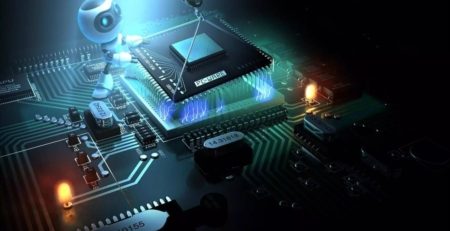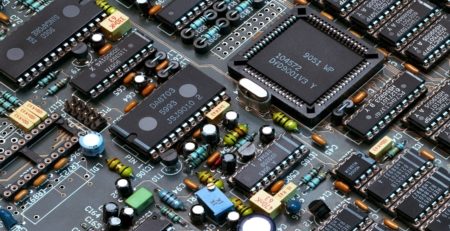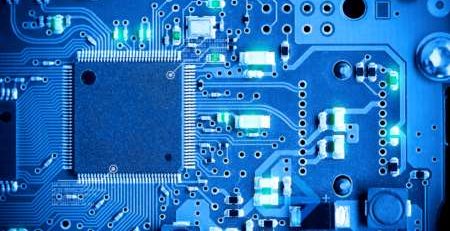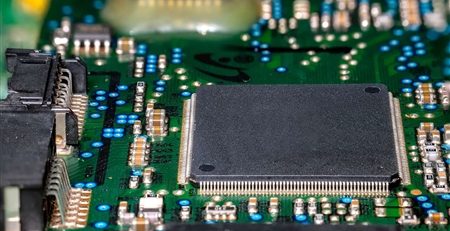The concept and development of photoelectric sensor
Photoelectric sensors are the key components to realize photoelectric conversion in various photoelectric detection systems. It is a device that converts light signals (infrared, visible and ultraviolet radiation) into electrical signals. Not only can it be used to detect non-electric quantities that directly cause changes in light quantity, such as light intensity, illuminance, radiation temperature measurement, gas composition analysis, etc.; it can also be used to detect other non-electric quantities that can be converted into light quantity changes, such as part diameter, surface roughness, strain , displacement, vibration, velocity, acceleration and the shape and working state of the object, etc.
The core working principle of photoelectric sensors is different types of photoelectric effect. When an object is hit by light, electrons inside it absorb the photon’s energy and change state. Its own electrical properties will also change, a phenomenon known as the photoelectric effect. A photoelectric sensor usually includes a light source, an optical path, and a photoelectric element. Photoelectric sensors are controlled by converting changes in light intensity into changes in electrical signals.
Photoelectric components include photoresistors, photodiodes, phototransistors, light-emitting diodes, photomultiplier tubes, photocells, and photocoupler devices. There are various optical measurement and control systems made of different principles of action of luminous flux on photoelectric elements. According to the output properties of photoelectric elements, photoelectric sensors can be divided into two categories, namely analog photoelectric sensors and pulse photoelectric sensors; analog photoelectric sensors According to the measured method, the sensor can be divided into three categories: transmission type, diffuse reflection type and shading type.
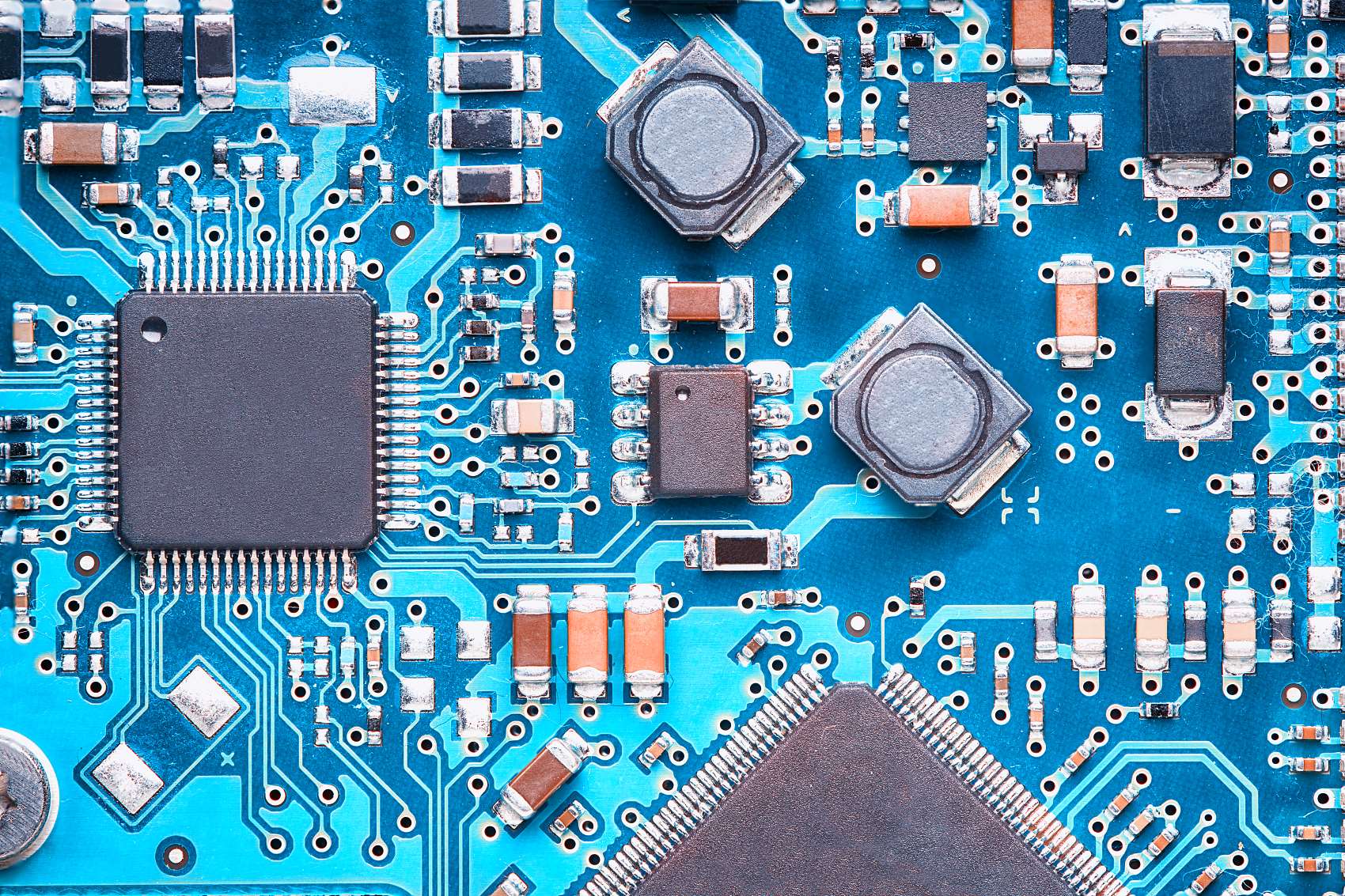
In recent years, the use of optical equipment for high-voltage and large-current measurement has developed rapidly in power systems, and many new photoelectric sensor systems have been put into on-site operation one after another, bringing many conveniences to the monitoring of high-voltage and large currents.
Today, with the rapid development of mechanical automation, the rotational speed is an important characteristic parameter in the performance test of power machinery, and its size and change are related to whether the mechanical operation is normal. Many characteristic parameters of power machinery are often determined by the speed, such as the output power of the motor, and the vibration of the power machinery, the pulsation of the air flow in the pipeline and the wear state of various working parts are also closely related to the speed. Timely monitoring of changes in rotational speed can eliminate many faults in the operation of the machine in time to avoid greater losses.

With the development of the power industry, the transmission capacity and voltage level of the power system have been continuously improved, and there are many shortcomings in the traditional transformer for measuring and monitoring the power grid. At present, the integrated automation system of optical fiber power substation composed of optical fiber transformer and optical fiber communication network with photoelectric sensor has become one of the most promising development directions of electric power automation technology. The power transformer is an important power measurement device in the power system, and it is also a key device for realizing power automation.
The new active photoelectric sensor can overcome the shortcomings of traditional power transformers such as large size, high quality, poor anti-interference, and small information transmission capacity, so that the safe operation and automation level of the power system cannot meet the requirements. Output, canceling a large number of secondary cables provides a solid foundation for the safe operation of the power system, cost savings, oil-free high-voltage equipment, and optimization of secondary equipment.


